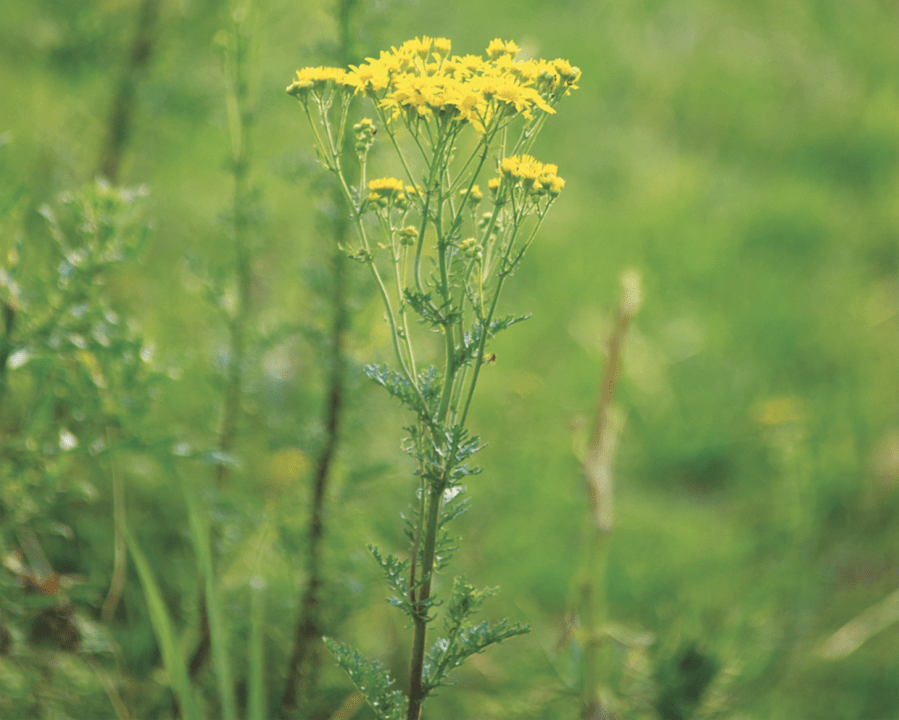The British Horse Society (BHS) has issued a warning that ragwort levels around the UK are particularly high following the recent dry and wet weather.
Ragwort contains toxic compounds that are dangerous to horses and if eaten can have an accumulative damaging effect overtime, resulting in liver damage and leading to severe disease — sometimes even death.
The charity warned that signs of illness due to ragwort poisoning often don’t show until the horse’s liver is 70% damaged, by which stage it is very difficult to treat.
“There has been an enormous amount of publicity about the danger that ragwort poses to horses and livestock, yet every year the BHS responds to dozens of enquiries reporting horses grazing in fields infested with the yellow flower,” said the charity.
It is commonly believed that horses with access to good grazing won’t choose to eat ragwort. However, the BHS also warned that when the plant wilts it loses its bitter taste, making it more attractive to foraging horses.
“With the warm and wet weather we have been experiencing everything is growing, including ragwort,” said a statement.
“Be on the lookout for any ragwort growing in your field and don’t take any risks. Help stop the vicious cycle of ragwort growing in your pasture by pulling it up now.”
Ragwort that has been pulled and discarded is still dangerous and even more palatable to horses, meaning the safest way to discard the plant is to burn it. It also spreads easily, and so ragwort growing in hedges, ditches or on verges close to your field should also be pulled up.
“Ragwort seeds can lie dormant for years, so not dealing with the problem now will only escalate the spread of ragwort in the future,” added the BHS.
Related to this…
- ‘She was full of promise’: rescued mare put to sleep due to ragwort poisoning
- Common wildflower is toxic to horses, warns the BHS
Clinical signs of ragwort poisoning
- Depression/lethargy
- Aggressiveness
- Neurological signs, including head pressing, loss of coordination, continuous circling and seizures
- Weight loss
- Photosensitisation
- Diarrhoea
- Abdominal pain
- Jaundice (a yellow tinge to the gums and eyes)
The BHS’ ragwort toolkit provides advice on how to safely and effectively remove and dispose of ragwort. It also explains who is responsible and how to resolve issues with neighbouring landowners.
You can also get help with identifying ragwort here.









